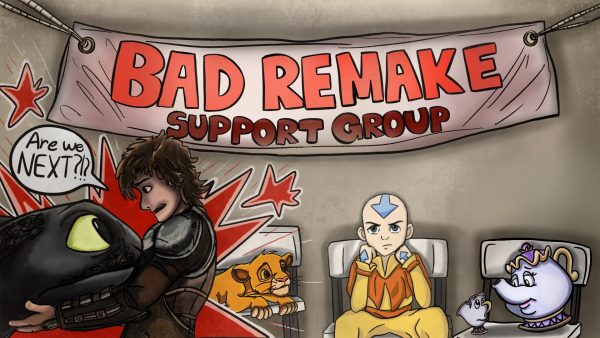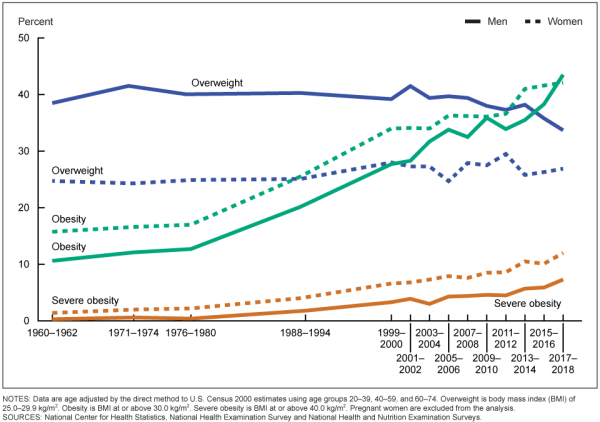Categorial funding leads to category five calamities
February 26, 2012
I don’t know about you, but this construction is really getting on my nerves. It takes five extra minutes for my lazy butt to get from the BFL building to the music building these days. But wait, I don’t have to walk to the music building so much anymore, seeing as most of the classes were cut due to a lack of funding!
Every time I walk by that skeleton of a building, all I do is wonder how it ever came about. How is it that there is $52 million going into the construction of a new Student Services Center but not into more course offerings and preventing tuition hikes?
As it turns out, this ‘New Commons Project’ was not paid for the state. Oh no, they couldn’t spare any more money for us lowly community college students. As noted on the district website, the project is funded by Bond Measure A, which passed in 2006 allocating up to $289,500,000 of taxpayer dollars in “bonded indebtedness” for renovating and updating college facilities. According to the report from U-T San Diego, there are actually around 50 construction projects going on at California community colleges, amounting to around $1.6 billion in costs. Wowza.
While in 2006 it may have seemed reasonable to allocate that much money to construction, it surely wasn’t a good idea considering financial realities in 2011. I don’t think it would have been so hard to take a look around and consider if it was actually worth it.
I understand that this was the choice of Contra Costa County taxpayers. Don’t get me wrong – I’m grateful that voters care enough to give money to our institutions. However, aren’t there more important things to be doing? Why put conditions and obstacles on money for education? The economy changes over time, and categorizing funds leaves little to no flexibility for the school to address current needs. Although it is certainly too late to funnel the money to a more urgent issue, it’s not too late to reconsider how we finance education.










































































